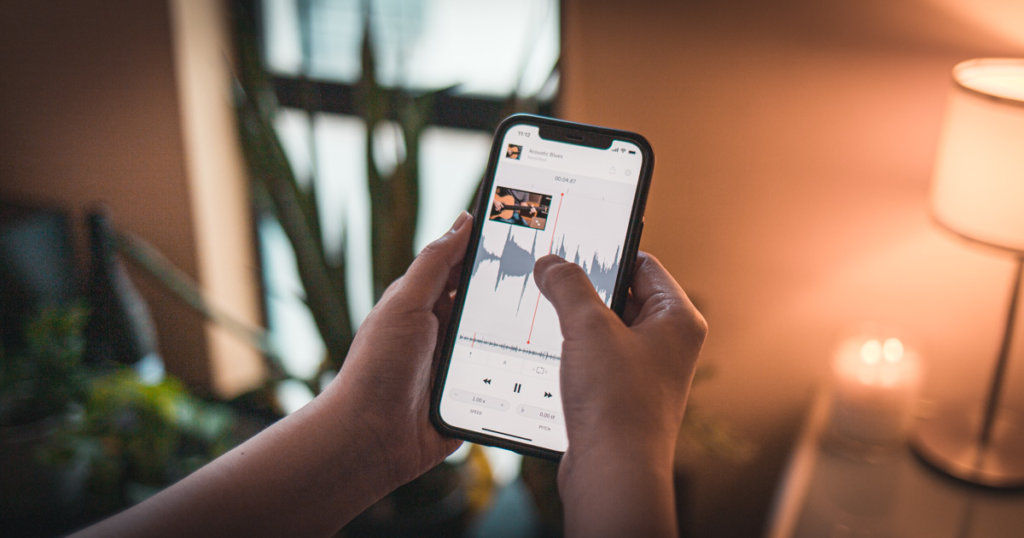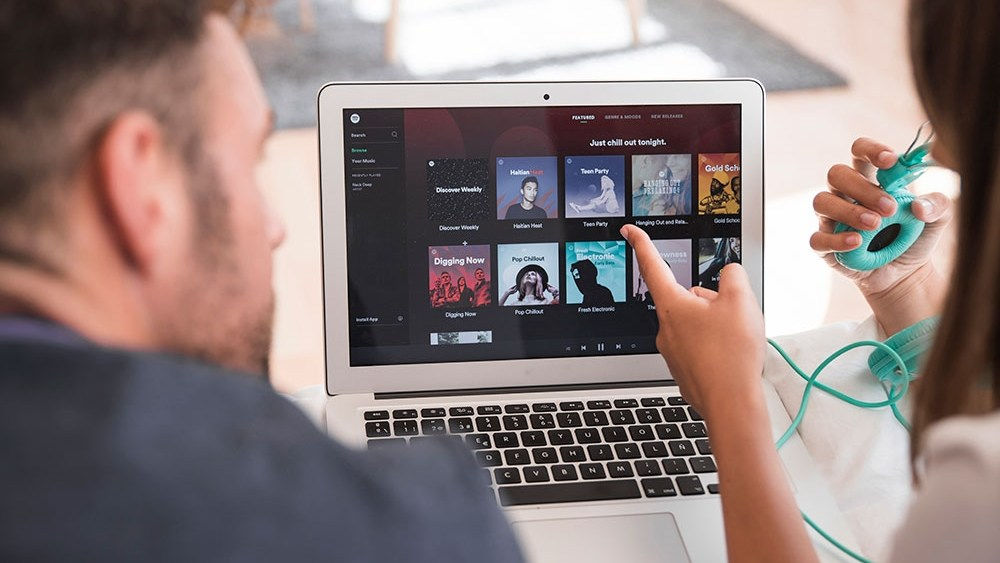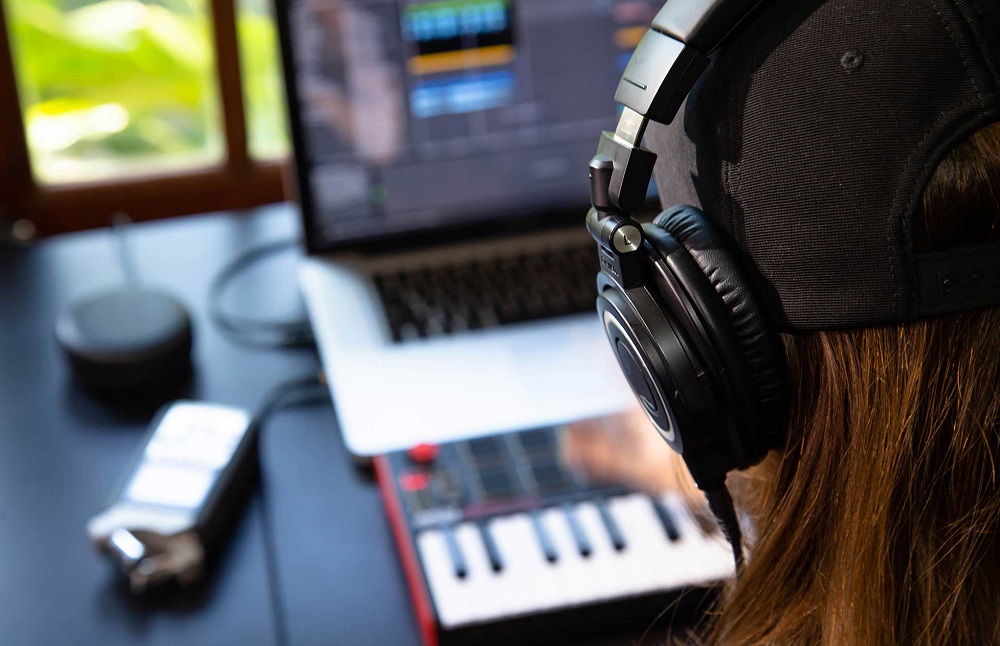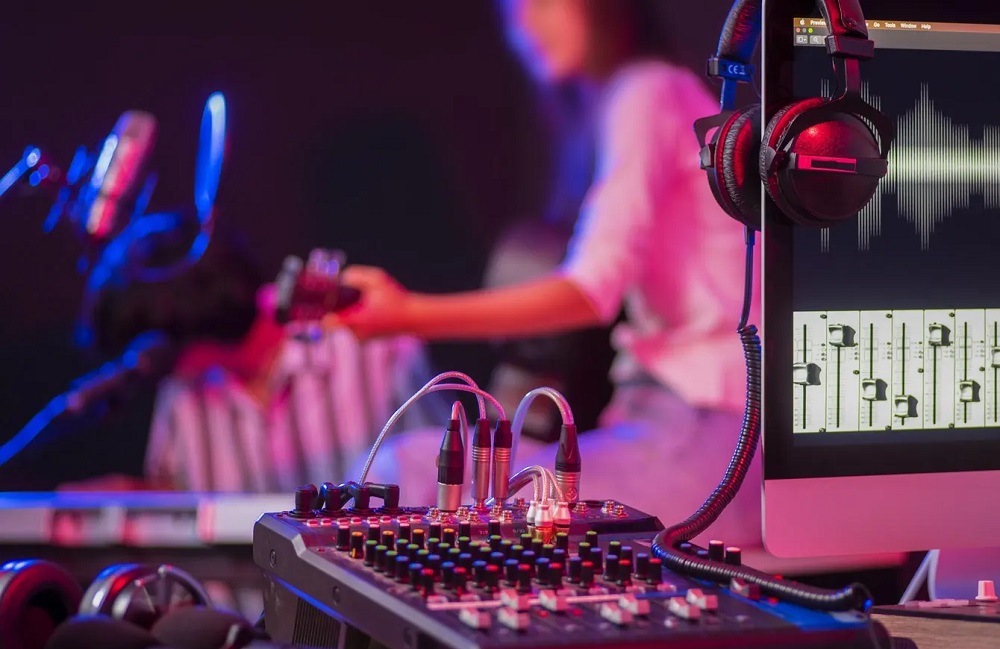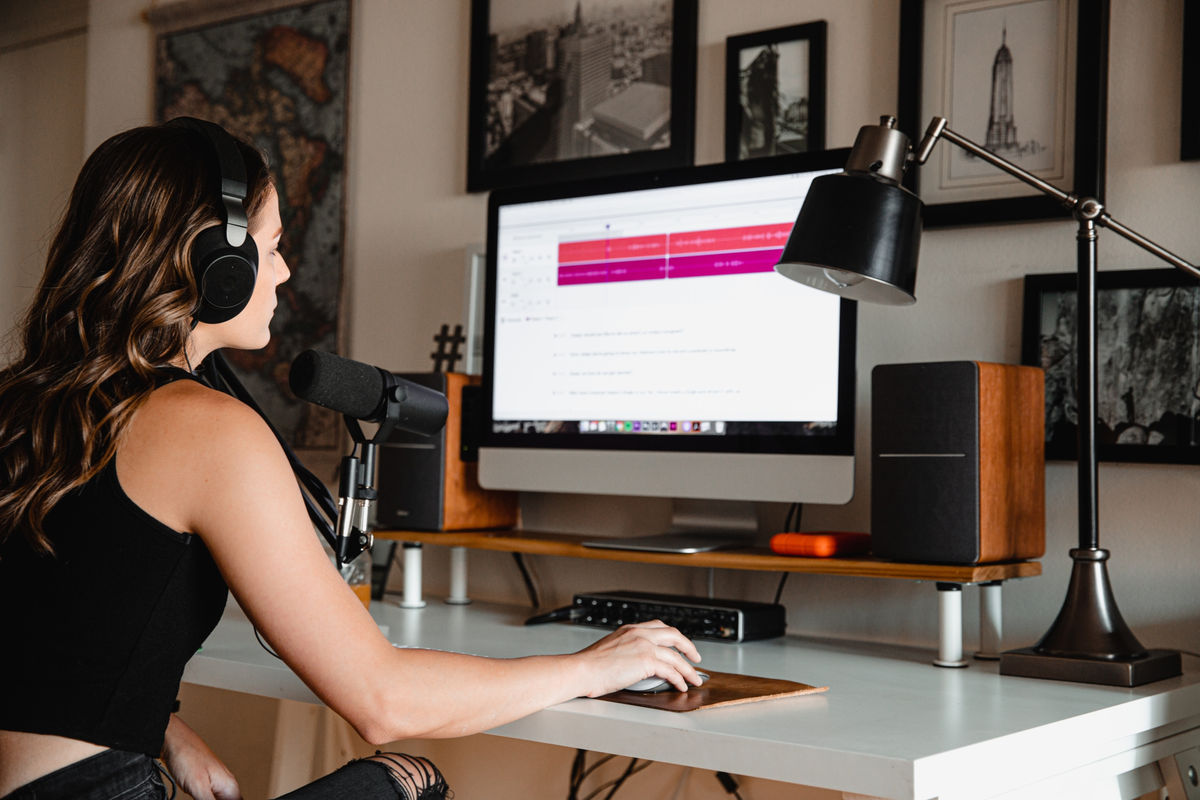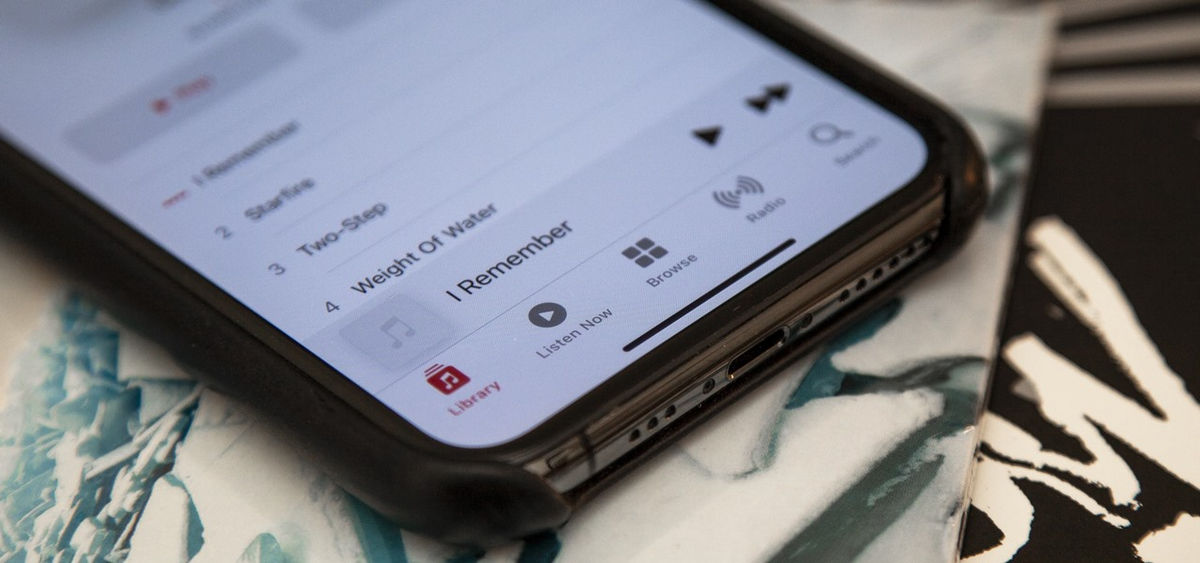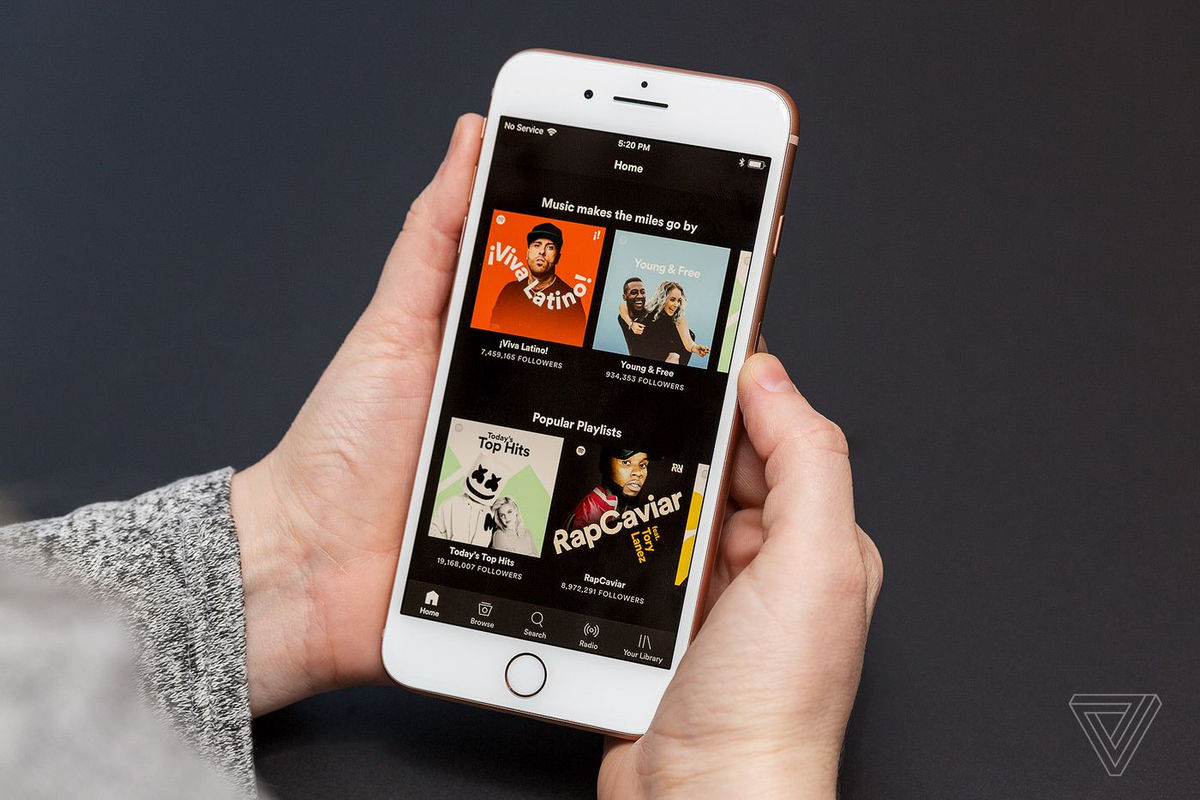Live streaming. When you can’t be there in person, it’s your best way to be there online.?
It’s a useful way to connect with your biggest fans, promote your music, and share the personal side of your art.
And when circumstances get in the way of live performance, live streaming is the perfect way to keep your audience happy.
But putting on the perfect live stream–one with good audio, no hiccups, and lots of fans–can be scary and challenging.
To help make sure your next live stream is a success here’s our 9 best tips on how to live stream music.
1. Use as many platforms as you can
Getting on as many platforms as you can is key for opening your live stream to the widest possible audience.
Getting on as many platforms as you can is key for opening your live stream to the widest possible audience.
There’s a number of platforms you can easily sign up and use for free.
The most popular ones right now are:
For a break down of each platform beyond what’s listed here, take a look at this excellent guide.
Once you have an account on each platform, the next challenge is finding the right tools to broadcast on each platform all at once.
This is called simulcasting.
To do a simulcast you’ll need to sign up with a simulcasting platform.
A simulcasting platform enables you to broadcast one live stream to different platforms, manage comments from one place, and use other advanced features.
Simulcasting platforms enable you to broadcast one live stream to different platforms,
Just be wary that some simulcasting platforms charge users for advanced services like streaming to multiple Twitch pages and streaming from a public Facebook artist page.
Fortunately, some simulcasting platforms offer limited simulcasting services for free.
For example, StreamYard and Hovercast offer free plans that might be good options to consider.
2. Promote ahead of time
Treat your live stream just like a real show and promote it everywhere that’s reasonable.
Tell fans on your social media channels and let them know where and when to watch.
It’s best to post multiple stories and posts in the lead up to your live stream to make it clear when you’ll be live.
A great way to do that is by making a show poster or reposting video from past live stream sessions to give your followers an idea of what to expect.
3. Can I make money with my live streams?
If you commit to the medium and create lots of content that your fans love it’s possible to earn money.
If you commit to the medium and create lots of content that your fans love it’s possible to earn money.
The most obvious example is with Free-to-Play platforms like YouTube Live, Twitch and Periscope that offer a “tipping” feature that allows fans to donate money during a live stream.
But there’s other options too.
Paywall live streaming platforms like Patreon or Stage It requires fans to pay for exclusive access much like a concert.
Just remember that using a paywall platform successfully means regularly releasing and streaming a variety of content.
An up and coming option is e-commerce live streams like Pop Shop Live and Bambuser that allow you to sell items like merch and vinyl as part of your live stream.
Finally, if educating is in your wheelhouse there are platforms like Teachable and Podia that open up paid options for live stream teaching sessions and seminars.
Hot tip: Twitch and SoundCloud recently partnered to allow artists to cross-promote and earn revenue from streams and merchandise sales on both platforms.
4. Live streaming ideas for artists
Before you hit the record button you should have a blueprint for what your live stream will consist of.
Sure you could share a song you wrote, but what other ideas could you try?
Here’s a few live streaming ideas:
- If you’re a DJ post a live set
- Share a tutorial on your instrument
- Give a tour of your home studio space
- Cover a song from your favorite artist
- Share fun experiences from tour
- Gear walkthroughs and reviews
- Anything that tells your story as an artist
There’s so many ways to do a live stream, so be creative!
There’s so many ways to do a live stream, so be creative!
Try different ideas and you’ll find the content you and your fans love the most.
5. Team up with other artists and your community
One way to get the word out about your live set is by hosting other artists in your live stream.
Think of it as a virtual bill for a show that you’d play at a venue.
Except the venue’s online from your home studio!
You could even set up a calendar within your local music scene to show when other artists in your community plan on live streaming their set.
When you team up to promote your set you share your fans and gain access to new ones.
When you team up to promote your set you share and gain access to new fans.
It’s a win-win for everybody!
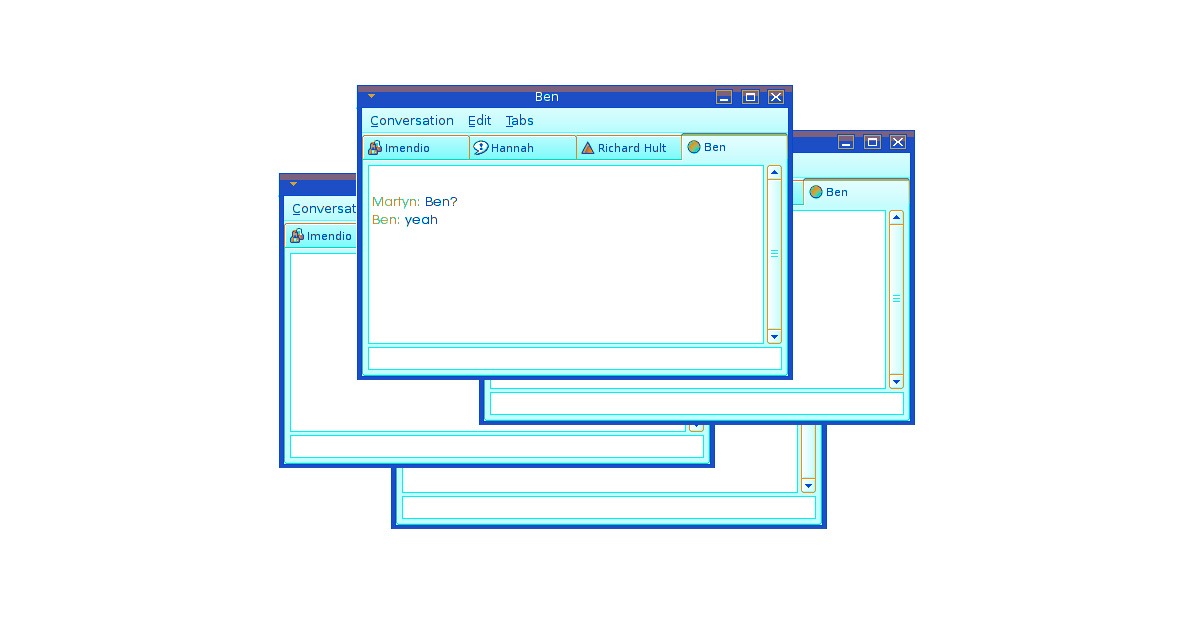
6. Think about set design and camera angles
Your set design is yet another opportunity to showcase your creativity as an artist.
No one wants to see piles of dirty laundry or messy cables piling up in your studio.
Since a live stream is as much a visual experience as it is about audio, put some thought into how you, your equipment and your studio appear on camera.
Hang up some art, put up curtains, or use a special filter on your camera to add virtual animations.
Hang up some art, put up curtains, or use a special filter on your camera to add virtual animations.
Make sure your camera angle is set up to give a full view of yourself and at least a partial snapshot of your equipment or instrument if you use any.
The equipment angle is especially important if you make music without vocals, people love watching an expert play their instrument.
7. Tips for capturing better audio
It goes without saying that if you’re going to perform live online, it’s critical that you have good audio quality for your stream.
But, if you’re a recording artist you have a big advantage over other live streamers!
Since you’re a recording artist you have a big advantage over other live streamers!
Chances are you already own the two key pieces of equipment that you need–a decent quality microphone and an audio interface.
Here’s how to put that recording and audio knowledge to use and get good audio in your live stream
Choosing the right microphone for the job
Your best bet is to use a dynamic mic for noisy spaces or a condenser if you have a quieter studio.
Just like any other time you record audio, you’ll get the best results for live streaming if you keep good headroom as you record.
The solution is gain staging. If you need to brush up on headroom and gain staging, check out our guide to setting levels correctly.
As a general rule, keep the peaks of your waveforms hitting around -9 dBFS and the body of your sounds around -18 dBFS.
Pro streamers often use gear that’s common in the broadcast industry, especially if they’re recording spoken word.
Some of the most popular choices for this are dynamics like the Shure SM7B or EV RE20.
Some of the most popular choices for live streaming are dynamics like the Shure SM7B or EV RE20
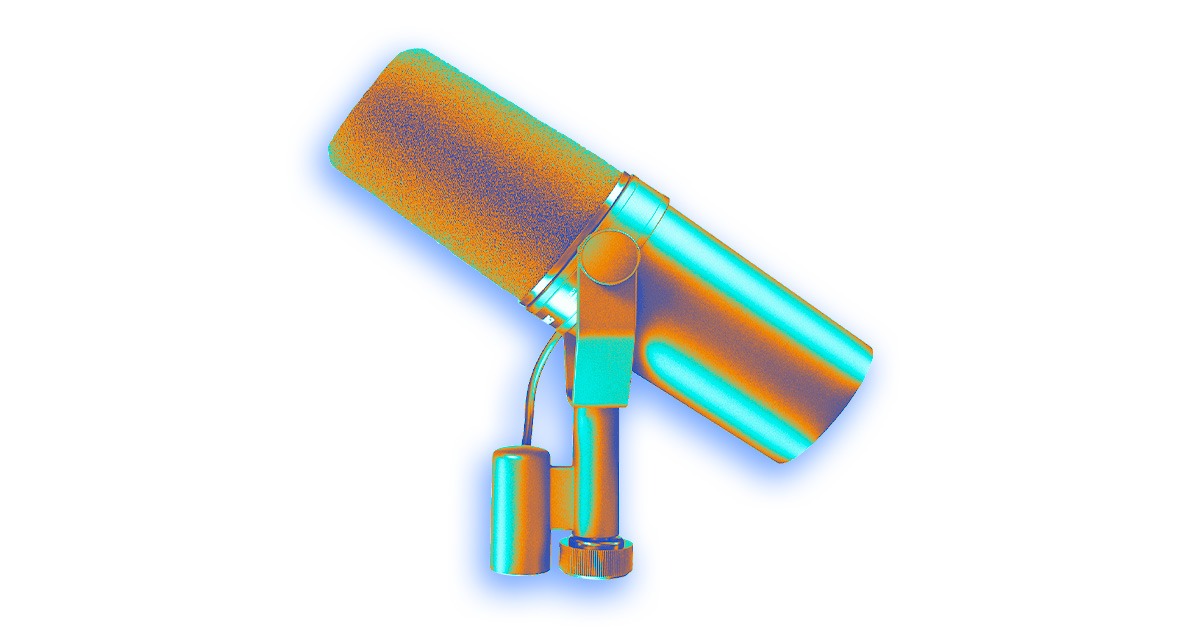
Hot tip: If you’re using a dynamic mic like the Shure SM7B make sure to add lots of gain from your microphone preamp.
Sending audio to your computer
Once you’ve picked out the right microphone for your needs, it’s time to send audio to the device you’re using to post the live stream.
To do this you’ll need a sound card or audio interface.
If you don’t already have one there’s plenty of great options, Focusrite offers quality affordable options that are used by many artists.
Just make sure you pick an interface with enough inputs to handle microphone inputs and the inputs from your instruments.
You may have to dive into your live stream’s settings to make sure audio sent from your sound card is going to your computer or phone.
Once your audio interface is set up and your live stream is receiving audio from your gear or your microphone, don’t forget to check for clipping and ambient noise in your mix.
Hot tip: if you’re using a phone to film your live stream you’ll need an 1/8th inch cable with a sound card to send audio from your mixer to your phone.
Here’s a video that shows how to live stream music with a smart phone.
8. Tips for capturing good video
The most common camera used for live streaming is a phone camera since they’re connected to the internet by nature.
The good news is most phone cameras are pretty good these days, but there’s some considerations to keep in mind to help them perform better.
Phone cameras are pretty good these days
The number one thing you can do is buy a stand to hold your phone in place. A steady camera will produce a much better image.
The next step is to take a look at your lighting options.
Phone cameras don’t do very well in dark situations, so make sure you’ve got good natural light in your live stream room, or use a lamp to shed extra light on your virtual stage.
Of course, there’s plenty of gear you can buy for streaming extra high-quality video.
But better cameras and film lighting are expensive, so if you’re just getting started you might be better off just using what’s at your disposal.
9. Archive your live stream
When you live stream ends don’t throw it out!
All that footage is useful content to chop up and share with fans that missed or want to replay your live stream.
In the days following your last live stream, share parts of your last set.
This is an excellent tool for promoting any upcoming live stream session too!
Just make sure you’re familiar with the live stream saving options on whatever platform you plan on using.
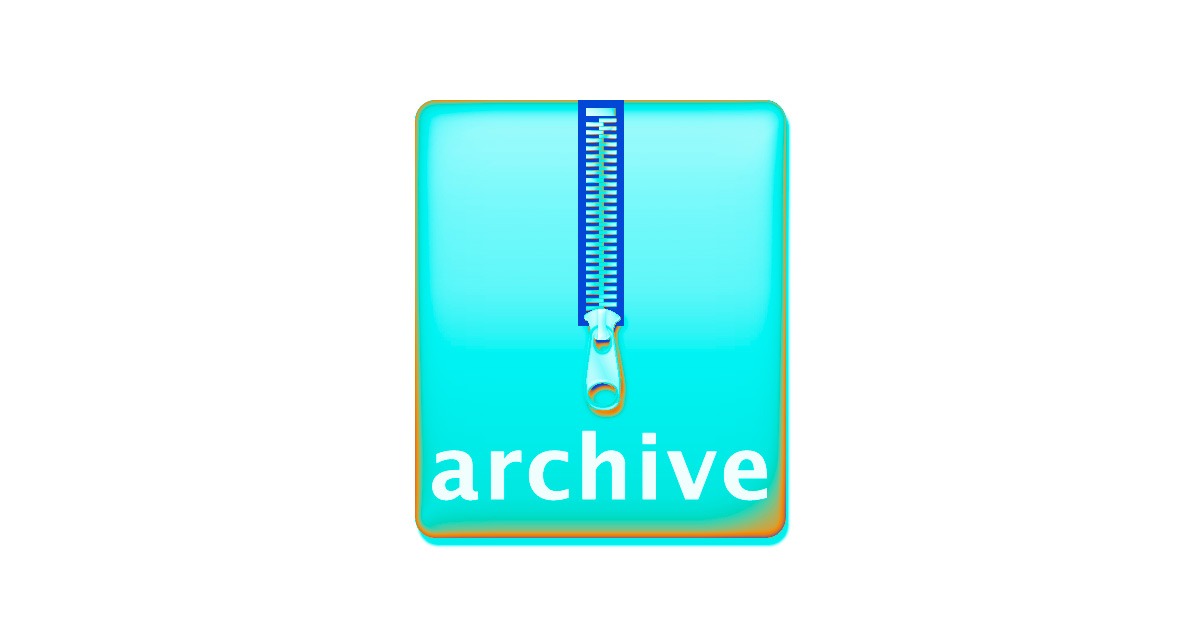
Live from the palace (your palace)
Live streaming is a great promotional tool that you shouldn’t ignore.
Sharing a personal view into your life, studio, and creative process will help you make a valuable connection with your fans.
Nothing feels better than getting a positive reaction or comment.
So now that you know how to live stream music you can make those kinds of interactions happen more often!



